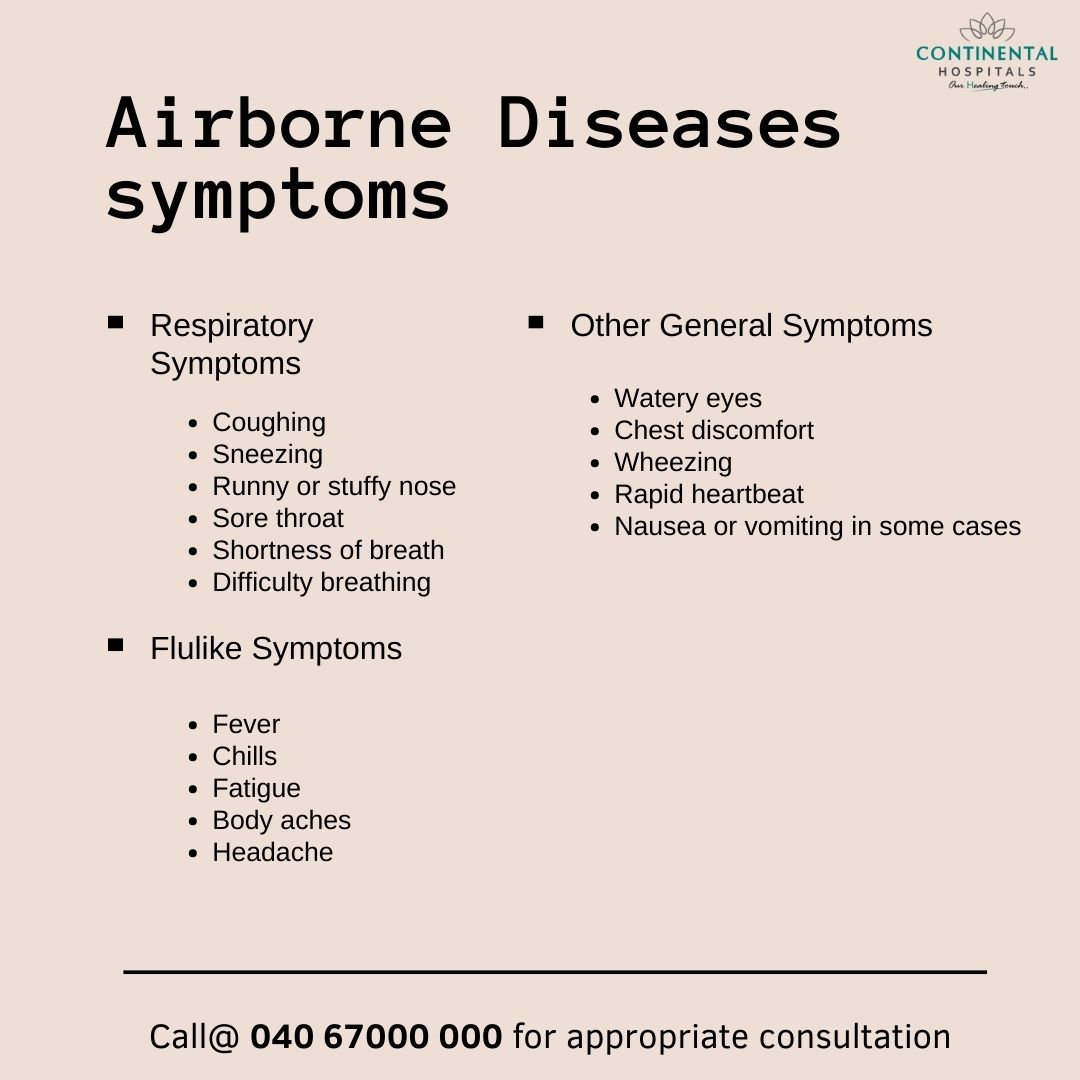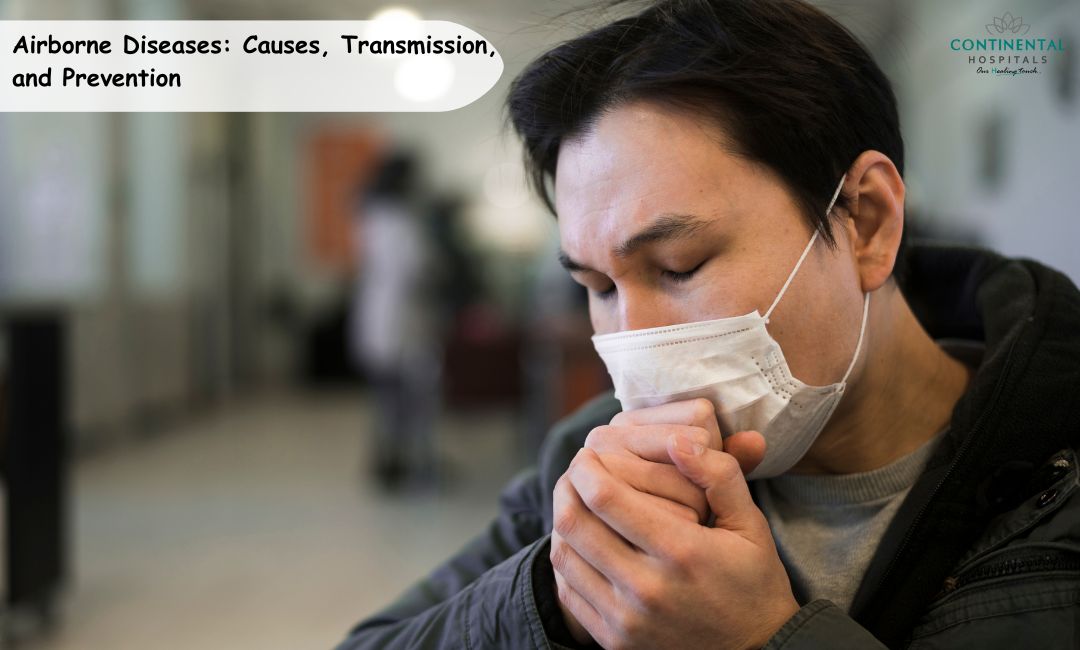Airborne diseases are illnesses caused by pathogens (such as bacteria, viruses, fungi, or protozoa) that can spread through the air when an infected person coughs, sneezes, talks, or even breathes. These infectious agents become suspended in tiny respiratory droplets and can remain airborne for varying durations.
Common airborne diseases include:
Influenza (Flu): A viral infection affecting the respiratory system, causing fever, cough, sore throat, body aches, and fatigue.
Tuberculosis (TB): A bacterial infection primarily affecting the lungs, causing persistent cough, chest pain, weight loss, and coughing up blood.
🥗 Healthy Plate Challenge
🍽 Add Your Favorite Dish
Pick Your 6 favorite foods, eat, and see the results.Drag & drop foods onto your plate.
Drop Food Here
COVID-19: Caused by the novel coronavirus (SARS-CoV-2), it's primarily transmitted through respiratory droplets and can lead to a range of symptoms, from mild respiratory issues to severe illness and death.
Measles: A highly contagious viral infection characterized by fever, cough, runny nose, rash, and potential complications affecting various organs.
Chickenpox: A viral infection leading to an itchy rash, fever, and flu-like symptoms, caused by the varicella-zoster virus.

If you have concerns or specific questions regarding airborne disease, it's crucial to consult with a Pulmonologist.
Causes of Airborne Diseases
Viruses: Various viruses cause airborne diseases, such as influenza (flu), measles, chickenpox, COVID-19, and the common cold. These viruses can be highly contagious and easily transmitted through respiratory droplets.
Bacteria: Some bacterial infections are airborne, like tuberculosis (TB), which spreads when an infected person coughs or sneezes. Other bacterial infections, like whooping cough (pertussis), can also be transmitted through the air.
Fungi: Fungal spores can cause airborne infections, such as those responsible for fungal respiratory infections like aspergillosis or histoplasmosis. These infections may occur when spores are inhaled.
Parasites: While less common, certain parasites can also be transmitted through the air. For example, some parasitic infections like toxoplasmosis can be contracted by inhaling contaminated dust or soil containing parasite cysts.
Environmental factors: Dust, pollutants, and allergens in the air can exacerbate respiratory conditions and contribute to the spread of diseases. Particulate matter carrying infectious agents can remain suspended in the air, facilitating transmission.
Symptoms of Airborne Diseases
Respiratory Symptoms: Many airborne diseases affect the respiratory system. Symptoms may include coughing, sneezing, sore throat, runny or stuffy nose, difficulty breathing, and chest congestion.
Fever: Elevated body temperature is a common symptom of many infections. It can range from mild to high-grade depending on the illness.
Fatigue: Feeling excessively tired or fatigued is often associated with various infections, including airborne diseases.
Body Aches: Muscle and body aches are common with certain respiratory infections like the flu or some viral infections.
Headaches: Some airborne diseases can cause headaches, often due to the body's immune response to the infection.
Chills and Sweating: Feeling cold and experiencing chills, followed by sweating, can occur as the body tries to fight off the infection.
Gastrointestinal Symptoms: In some cases, airborne diseases may cause gastrointestinal issues like diarrhea or vomiting.
Transmission of Airborne Diseases
Respiratory Droplets: When an infected person coughs, sneezes, talks, or even breathes, respiratory droplets containing infectious agents can be released into the air. These droplets can travel varying distances and can be inhaled by individuals nearby, leading to infection.
Aerosols: Smaller droplets called aerosols can also carry infectious particles and remain suspended in the air for longer periods. Aerosols can travel farther distances and linger in the air, increasing the risk of transmission in enclosed or poorly ventilated spaces.
Contaminated Surfaces: While the primary mode of transmission is through the air, some airborne diseases can also spread indirectly. Respiratory droplets or aerosols containing the pathogens can settle on surfaces. If a person touches these contaminated surfaces and then touches their face, particularly their eyes, nose, or mouth, they can potentially introduce the pathogens into their body and become infected.
Prevention of Airborne Diseases
Vaccination: Vaccinations are a crucial tool in preventing airborne diseases. Getting vaccinated can protect individuals from diseases like influenza, measles, chickenpox, and others. It's important to follow vaccination schedules recommended by healthcare professionals.
Good Hygiene Practices: Encouraging good hygiene practices, such as frequent handwashing with soap and water, especially after coughing, sneezing, or being in public places, can significantly reduce the spread of airborne diseases.
Covering Mouth and Nose: Encouraging individuals to cover their mouth and nose with a tissue or elbow when coughing or sneezing helps prevent the release of respiratory droplets containing infectious agents into the air.
Use of Masks: Masks, especially in situations where airborne transmission is a concern (such as during outbreaks or in crowded places), can reduce the spread of respiratory droplets and protect both the wearer and others.
Improving Indoor Ventilation: Proper ventilation in indoor spaces helps reduce the concentration of airborne pathogens. Opening windows, using air purifiers, and maintaining ventilation systems can help improve indoor air quality.
Avoiding Crowded Places: Limiting exposure to crowded places and maintaining physical distance from individuals who might be sick can lower the risk of airborne disease transmission.
Quarantine and Isolation: Encouraging individuals who are sick to stay home and practice self-isolation helps prevent the spread of airborne diseases to others.
Cleaning and Disinfection: Regularly cleaning and disinfecting frequently-touched surfaces, such as doorknobs, light switches, and countertops, can help prevent the spread of infectious agents.
Promoting Respiratory Health: Encouraging practices that support respiratory health, such as regular exercise, a balanced diet, adequate hydration, and avoiding smoking, can strengthen the immune system and reduce susceptibility to airborne diseases.
Public Health Measures: Following guidelines and recommendations from public health authorities during outbreaks or pandemics is crucial in preventing the spread of airborne diseases at a larger scale. These measures may include travel restrictions, lockdowns, and other containment strategies.
Airborne diseases pose significant challenges to global health. However, with awareness, education, and the implementation of preventive measures, the spread of these diseases can be mitigated. Vigilance, timely vaccinations, and adherence to hygiene protocols are essential in controlling and preventing the transmission of airborne diseases.
If you have concerns or specific questions regarding airborne disease, it's crucial to consult with a Pulmonologist.
Related Blog Posts:
1. Managing Respiratory Health in Winter: Preventing Cold and Flu
.webp)














